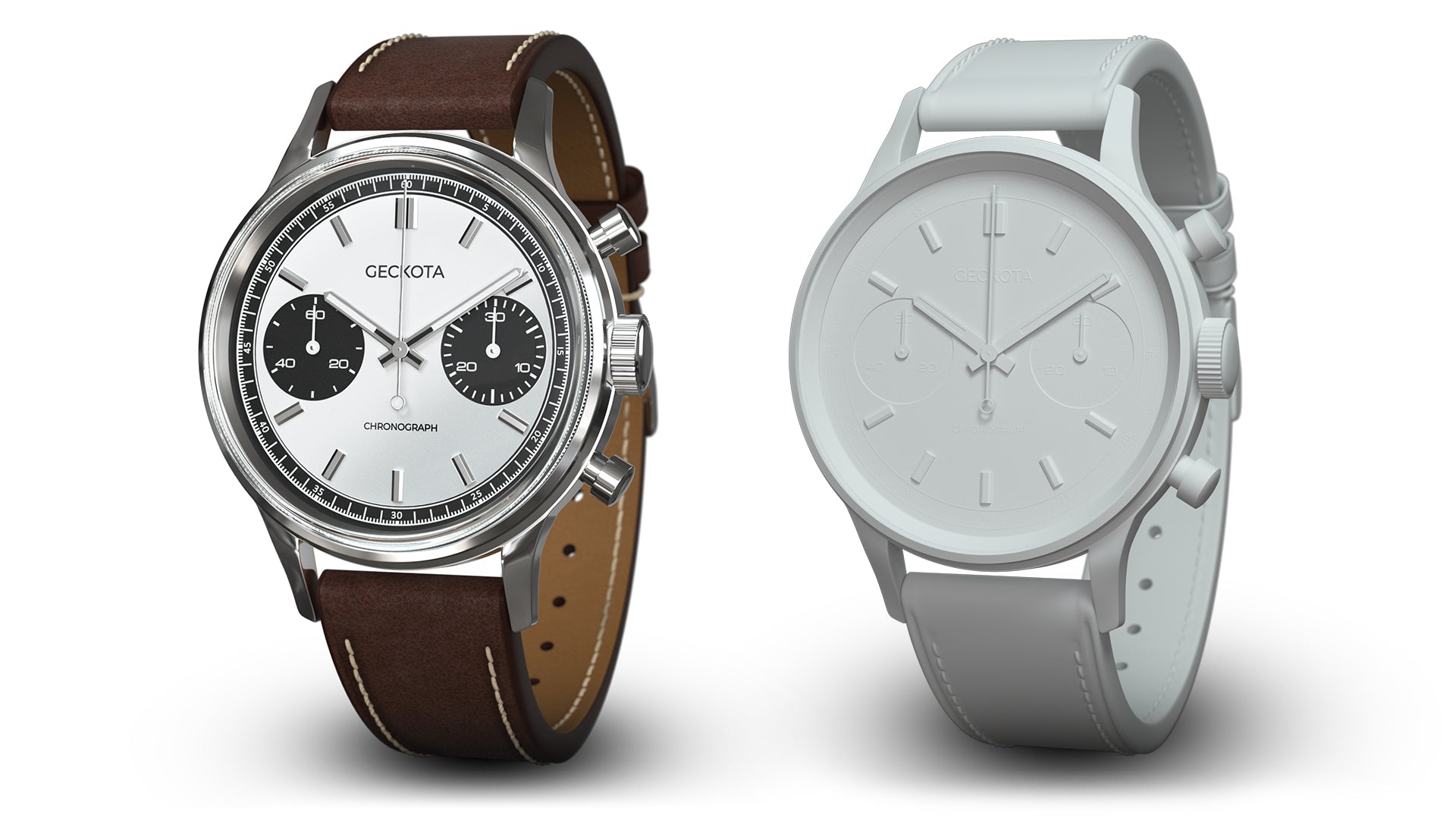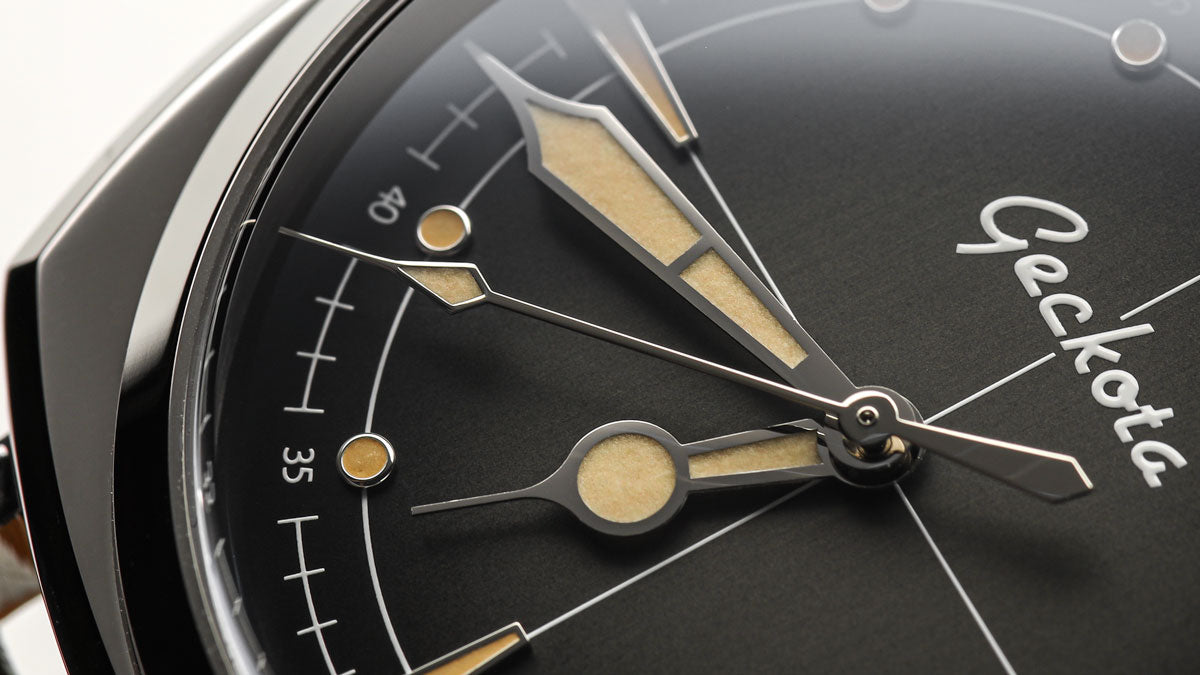SHIPPING WORLDWIDE WITH ALL IMPORT TAXES PRE-PAID
SHIPPING WORLDWIDE WITH ALL IMPORT TAXES PRE-PAID
SHIPPING WORLDWIDE WITH ALL IMPORT TAXES PRE-PAID


Categories
December 18, 2019 5 min read



 The lugs are usually the most intricate and difficult things to model when it comes to watches. This is due to their angles and complex shape. The best way to tackle this is to have a technical drawing or photo side-on to be able to model from. Although, there are situations in the early stages of design where we do not have access to this. Therefore, it just comes down to trial and error.
In our case, a 3D printer plays an important role in this design as we can print it out physically. This allows us to be able to put on straps and our wrist to determine the positioning and design of the lugs, to make sure it wears well. However, in this situation it is the same case as the previous workshop watch models. This means we were able to take a photo side-on and can use this to determine the lugs.
The lugs are usually the most intricate and difficult things to model when it comes to watches. This is due to their angles and complex shape. The best way to tackle this is to have a technical drawing or photo side-on to be able to model from. Although, there are situations in the early stages of design where we do not have access to this. Therefore, it just comes down to trial and error.
In our case, a 3D printer plays an important role in this design as we can print it out physically. This allows us to be able to put on straps and our wrist to determine the positioning and design of the lugs, to make sure it wears well. However, in this situation it is the same case as the previous workshop watch models. This means we were able to take a photo side-on and can use this to determine the lugs.






February 08, 2024 2 min read
Read More
About the Author: Greg Mayo
About the Author: Greg Mayo
At Geckota our mission is to provide watch lovers, enthusiasts and collectors with a unique opportunity to own and cherish luxury and contemporary timepieces and accessories that reflect modern life.
More Articles by Greg Mayo